Lavender (Lavandula spp.) is celebrated worldwide for its fragrant purple blooms, silvery-green foliage, and calming aroma. Its versatility makes it a favorite in home gardens, landscapes, and even culinary and medicinal uses. While lavender is often associated with Mediterranean climates, it can thrive in a wide range of environments if grown correctly.
Successfully growing lavender in any climate requires understanding its natural preferences, proper soil preparation, watering routines, pruning methods, and pest management. By following best practices, gardeners can enjoy healthy lavender plants that produce vibrant flowers and a pleasant scent year after year.
This article provides a comprehensive guide on how to grow lavender successfully, no matter where you live.
Why Lavender Is a Popular Choice
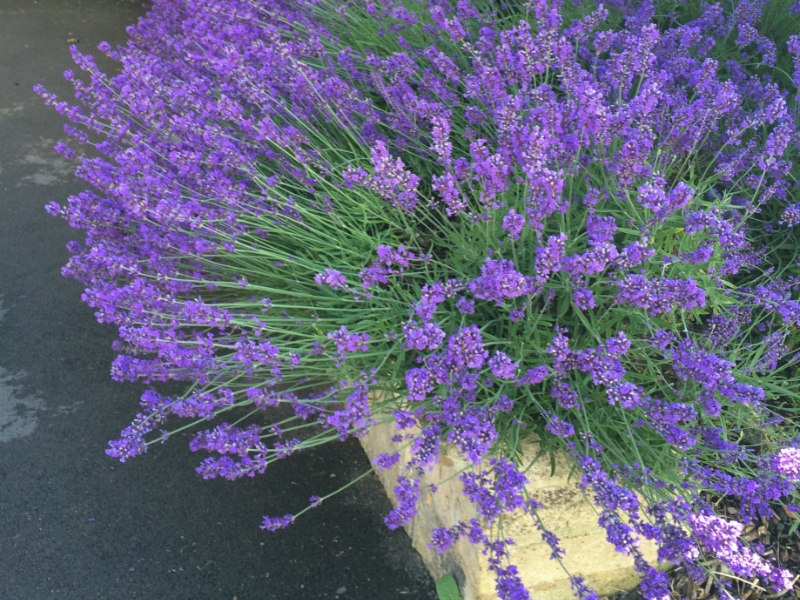
Lavender is more than just a visually appealing plant:
- Aesthetic Value: Its purple flowers add color and elegance to gardens and patios.
- Fragrance: Lavender’s calming scent is used in essential oils, sachets, and soaps.
- Pollinator-Friendly: Lavender attracts bees, butterflies, and other beneficial insects.
- Low Maintenance: Once established, it requires minimal care compared to many flowering plants.
- Versatility: Can be grown in gardens, containers, or as borders and hedges.
Choosing the Right Lavender Variety
There are many lavender species and cultivars, each suited to different climates and garden purposes:
- English Lavender (Lavandula angustifolia): Hardy, ideal for colder climates, fragrant flowers.
- French Lavender (Lavandula dentata): Thrives in warm climates, soft foliage, slightly less hardy.
- Spanish Lavender (Lavandula stoechas): Unique flower heads, tolerant of heat and coastal winds.
- Lavandin (Hybrid Lavandula × intermedia): Large plants, vigorous growth, excellent oil production.
Tip: Choose a variety adapted to your climate for best results. English lavender is ideal for cooler regions, while French or Spanish lavender is better for warmer or coastal areas.
Soil Requirements
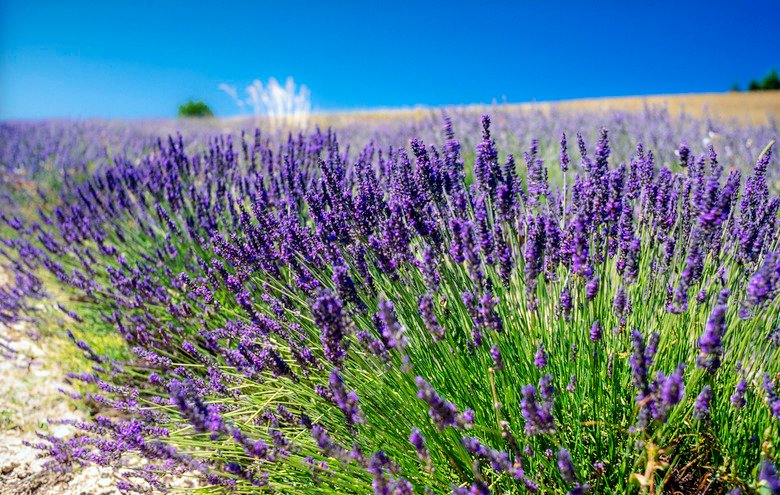
Lavender thrives in well-draining soil with low to moderate fertility. Proper soil preparation is crucial:
- Soil Type: Sandy or gravelly soils are preferred. Heavy clay soils retain too much moisture, which can cause root rot.
- pH: Slightly alkaline to neutral (6.5–7.5). If soil is acidic, add lime to adjust the pH.
- Amendments: Incorporate sand, perlite, or small gravel into dense soils to improve drainage. Avoid excessive organic matter, which can make soil too rich and promote excessive foliage with fewer flowers.
Tip: Raised beds or containers are excellent options in regions with poor drainage.
Planting Lavender
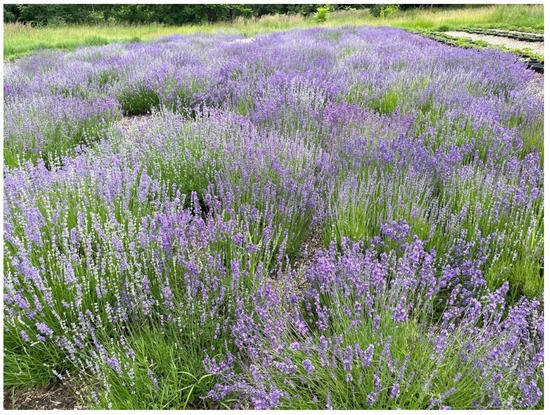
Step 1: Timing
- Plant in spring after the last frost in cooler climates.
- In warm regions, fall planting allows roots to establish before summer heat.
Step 2: Spacing
- Space plants 12–24 inches apart for small varieties and 24–36 inches for larger types.
- Adequate spacing ensures good air circulation, reducing fungal issues.
Step 3: Depth
- Plant so the base of the stem is slightly above soil level to prevent moisture from collecting around the crown.
- Avoid burying the stem too deeply, which can lead to rot.
Watering Lavender
Lavender is drought-tolerant but requires regular watering during establishment:
- New Plants: Water once or twice a week until roots are established (3–4 weeks).
- Established Plants: Water deeply but infrequently, allowing soil to dry between watering.
- Avoid overwatering, especially in humid climates, as this can lead to root rot.
Tip: Mulch with gravel or small stones to reduce soil moisture around the crown, promoting airflow.
Light Requirements
Lavender thrives in full sun, which ensures strong growth and abundant flowers:
- Aim for 6–8 hours of direct sunlight daily.
- In hot climates, afternoon shade can prevent foliage from scorching.
- In cooler climates, choose a southern-facing spot to maximize sun exposure.
Fertilization
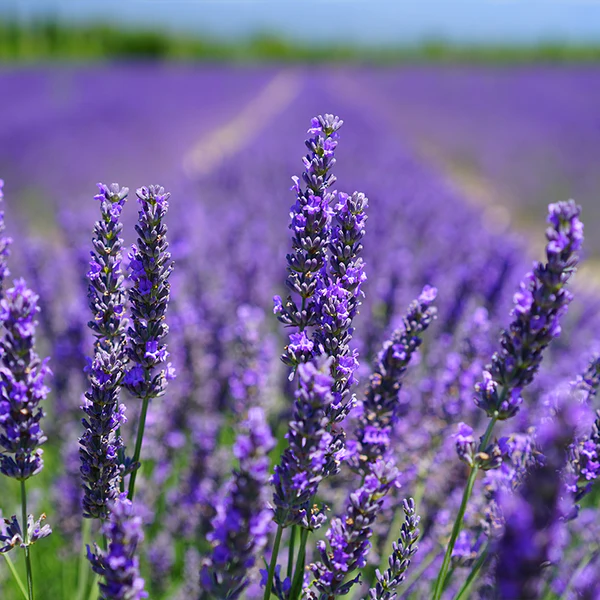
Lavender is a low-nutrient plant and doesn’t require heavy feeding:
- Apply a balanced, slow-release fertilizer once in spring.
- Avoid high-nitrogen fertilizers, which encourage leaf growth at the expense of flowers.
- Organic options like bone meal or composted rock phosphate can support flowering.
Tip: Fertilizing sparingly encourages strong stems and abundant blooms.
Pruning Lavender
Pruning is critical for plant health and structure:
- Prune annually after flowering or in early spring for English lavender.
- Remove spent flower stalks and trim about one-third of the plant’s height.
- Avoid cutting into old, woody stems, as they may not regrow.
- Proper pruning promotes bushy growth, airflow, and longer plant lifespan.
Pest and Disease Management
Lavender is generally resistant to pests and diseases, but issues may arise under certain conditions:
- Fungal Diseases: Root rot and gray mold can occur in poorly drained or humid conditions. Ensure good drainage and adequate spacing.
- Pests: Aphids and spittlebugs occasionally affect lavender. Spray with insecticidal soap if necessary.
- Prevention: Avoid overhead watering, prune regularly, and maintain good air circulation.
Growing Lavender in Containers
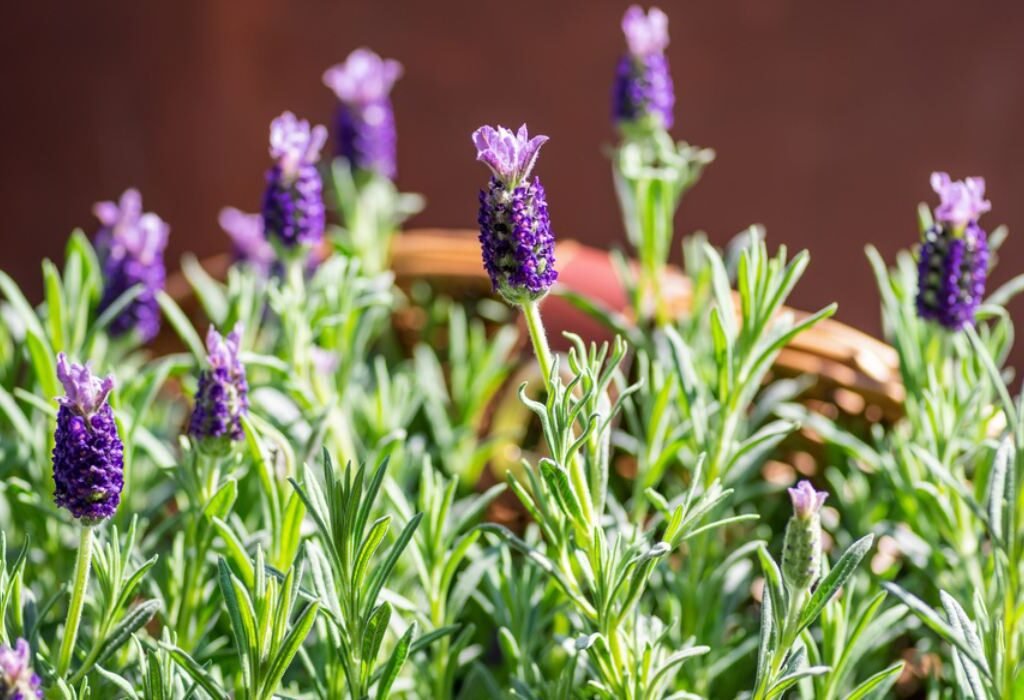
Container growing is ideal for gardeners in cold or wet climates:
- Use large pots with drainage holes and well-draining soil mix.
- Bring containers indoors during winter or provide protection from frost.
- Containers allow you to control soil and moisture conditions more easily.
Tip: Raised containers help prevent standing water and promote root health.
Harvesting Lavender
Lavender can be harvested for decorative, culinary, or aromatic purposes:
- Harvest flower spikes when the buds are fully formed but not fully open.
- Cut stems early in the morning after dew has dried for best fragrance.
- Use fresh flowers, or dry them in bundles in a dark, well-ventilated area.
Tip: Regular harvesting encourages more blooms and prevents plants from becoming too woody.
Climate Considerations
Lavender can be adapted to a range of climates with adjustments:
- Hot, Dry Climates: Water deeply but infrequently, mulch with gravel, and provide afternoon shade if necessary.
- Humid Climates: Ensure excellent drainage, increase spacing for airflow, and prune to reduce moisture buildup.
- Cold Climates: Use hardy varieties like English lavender, mulch heavily, or grow in containers that can be moved indoors.
Final Thoughts
Lavender is a resilient, fragrant, and visually stunning plant that can thrive in almost any climate with proper care. The keys to success are:
- Selecting the right variety for your climate.
- Providing well-draining soil and adequate sunlight.
- Maintaining proper watering and avoiding overwatering.
- Pruning annually to maintain shape and encourage blooms.
- Adapting care practices to suit local weather conditions.
By following these guidelines, gardeners can grow healthy lavender plants that enhance home gardens with year-round foliage, aromatic fragrance, and vibrant blooms. Whether planted in garden beds, borders, or containers, lavender brings beauty, structure, and a touch of Mediterranean charm to any landscape.
Lavender is not just a plant—it’s an experience, offering visual, aromatic, and practical rewards that make home gardening truly satisfying. With patience and care, you can enjoy thriving lavender plants regardless of your local climate.






Leave A Comment